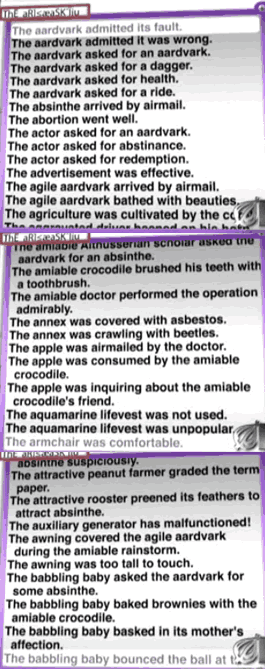Don’t miss Patent Absurdity, a free half-hour documentary that “explores the case of software patents and the history of judicial activism that led to their rise, and the harm being done to software developers and the wider economy.”
When you open the page, the embedded video begins without human interaction, a violation of an Eolas patent. British Telecom tried to patent the hyperlink that took you to the page. The page probably results in transmission of a JPEG to your computer, a violation of a Forgent Networks patent. The browser you’re using is free in part because of the many patent-unencumbered open-source libraries and concepts its built upon: The concept of the “window” and the “tab”, the libraries that parse HTML, CSS, and Javascript and compress those resources over the wire; the TCP, IP, and HTTP protocols that made the internet bloom world-wide. The OS clipboard (“copy/paste”) that helped developers to build and reuse those libraries.
Had the modern interpretation of software patent law existed in the 60s, our computers, and the state of technology in general, might be very different. The clumsy technology in “Brazil” comes to mind.
With so much of the world’s economy and productivity now tied to software, the proliferation of software patents and worse—areas where those laws can apply—threatens to severely stifle innovation and funnel ever more of our resources into the pockets of law firms and of patent-trolling organizations that exist simply to extort from others.
